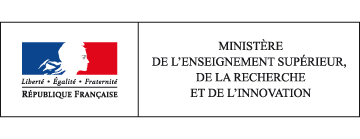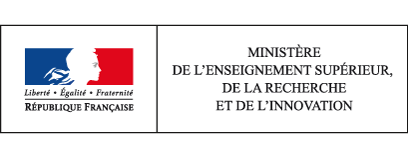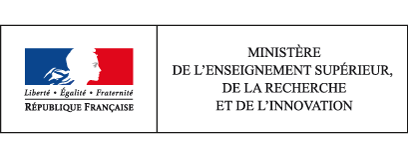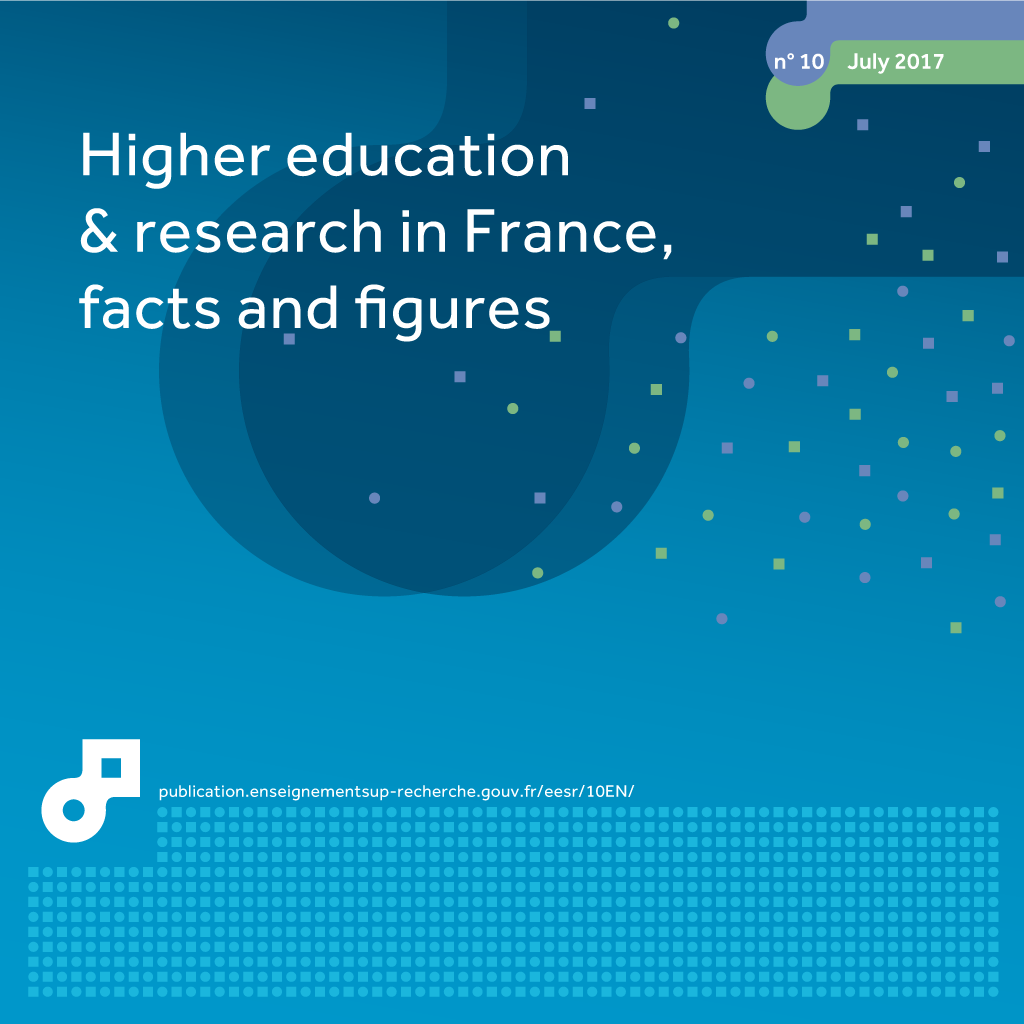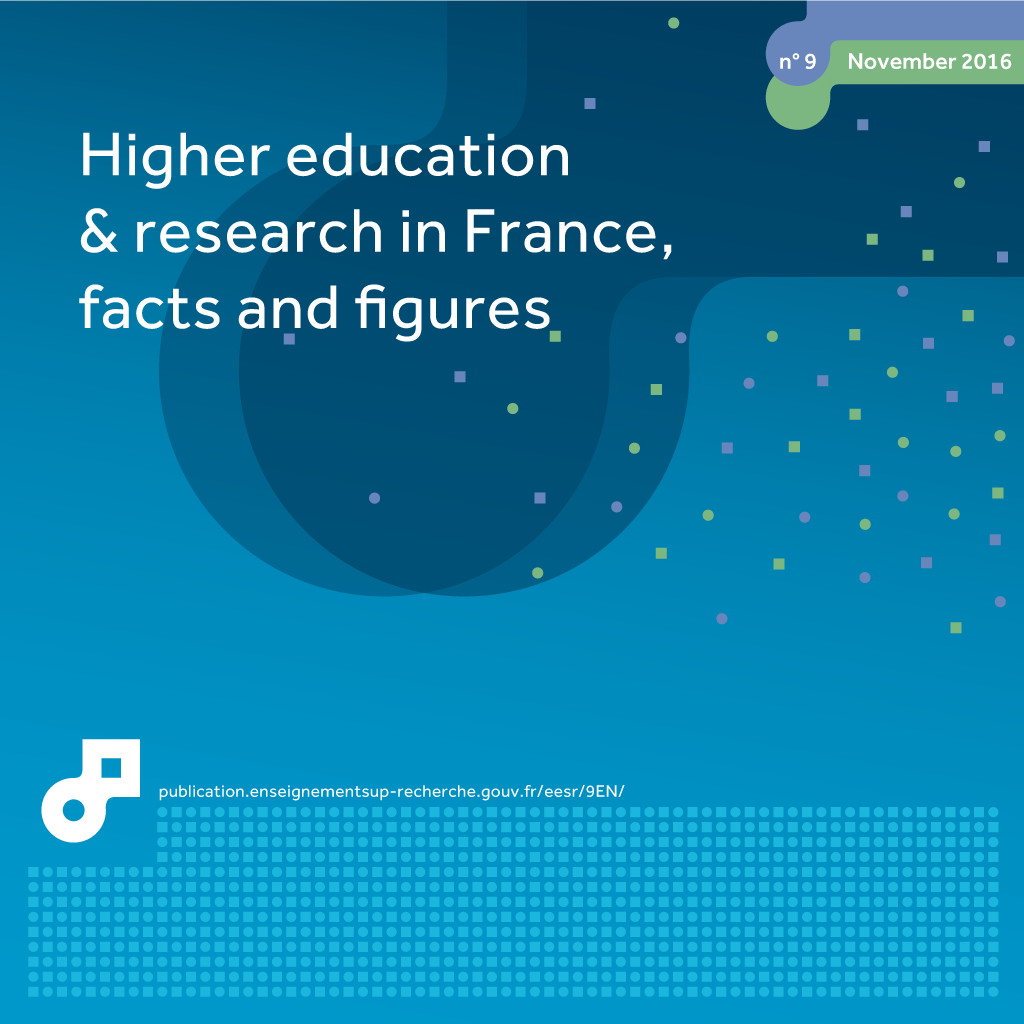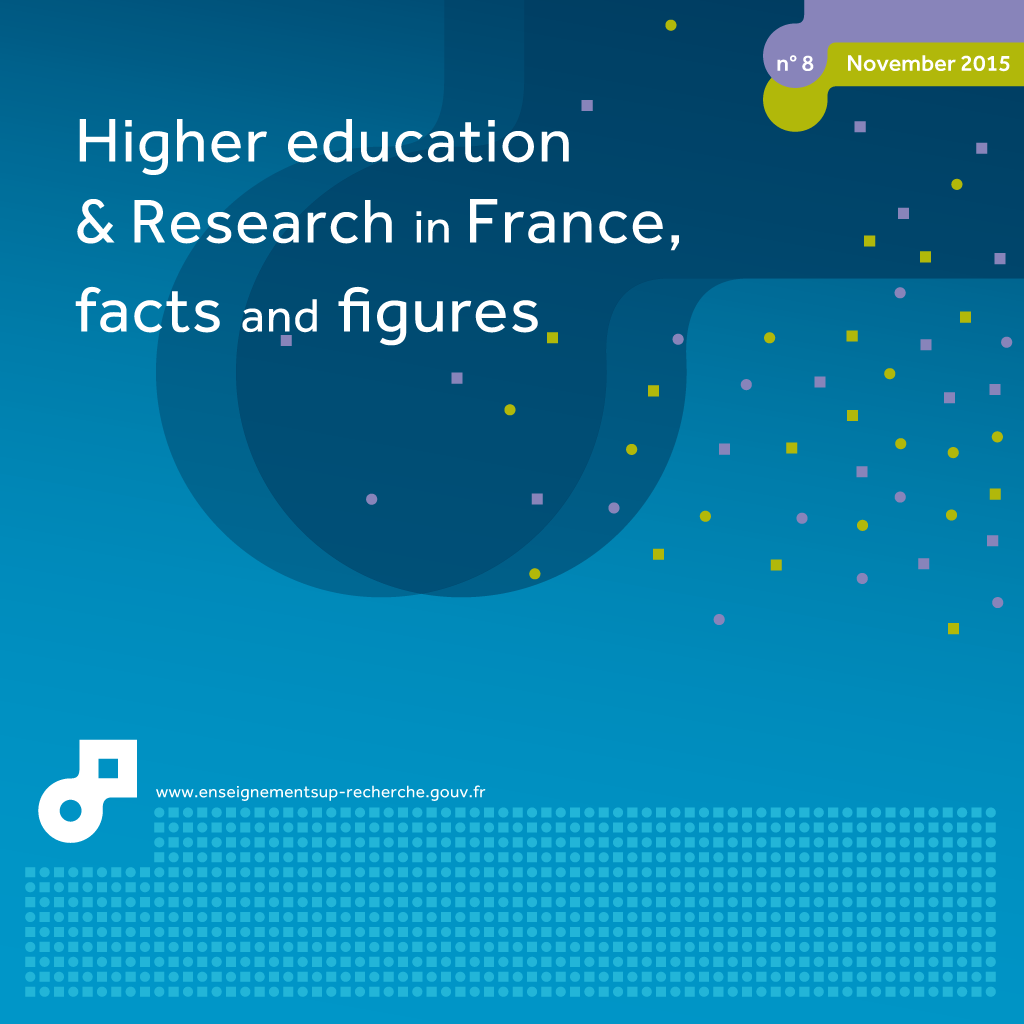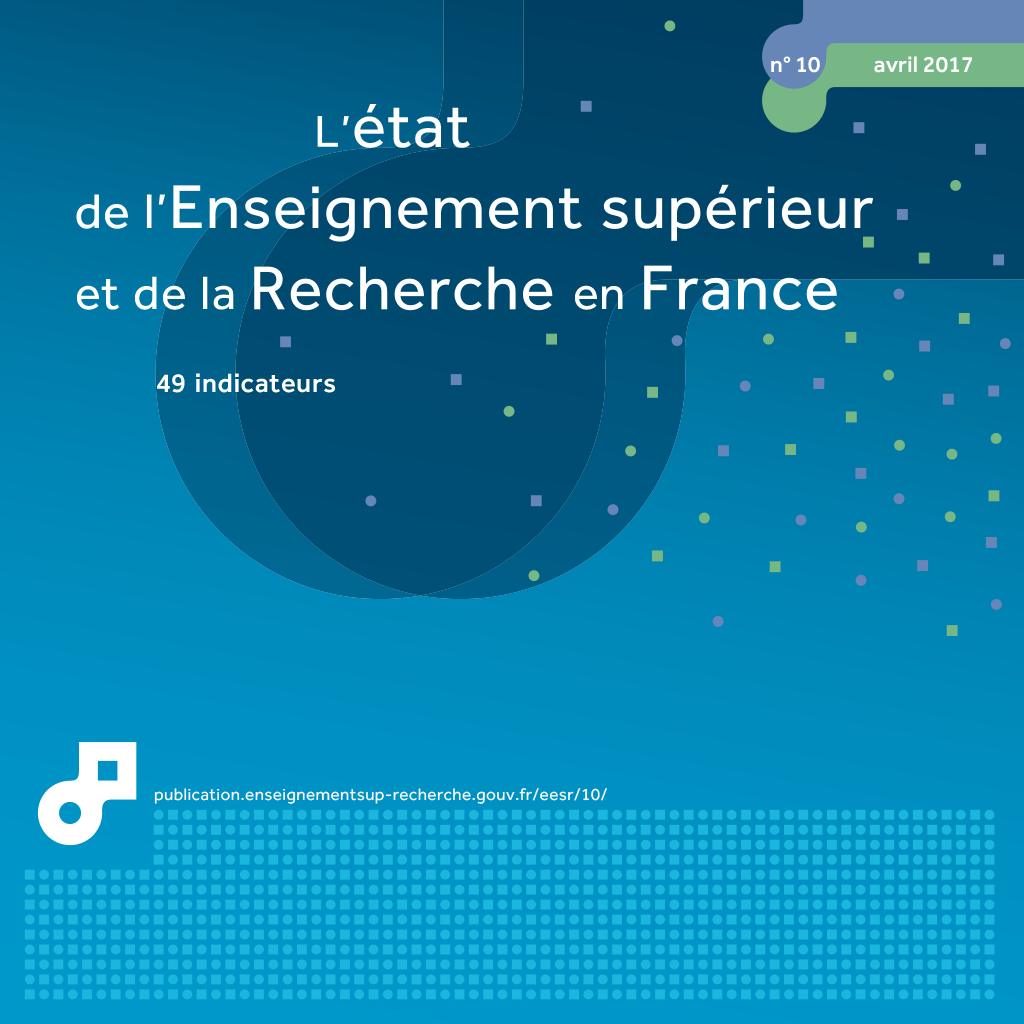18 trajectories and pass rates in higher technical sections (STS), University technology institutes (IUT) and classes preparing for admission to Grandes Ecoles (CPGE)
In the short higher education programmes, most baccalauréat holders starting in 2008 no longer pursued their studies at the beginning of the seventh year after sitting the bac (96% in BTS and 88% in DUT). There is a high proportion of higher qualifications at Bac + 2: 28% in STS programmes and 70% in DUT. Conversely, four out of ten students entered in CPGE continued with their studies and two thirds had achieved a qualification at level Bac + 5.
In the STS programme, 73% of 2008 baccalauréat holders hold a higher education qualification (chart 18.01). Although 45% only achieved a level Bac + 2 qualification, many students continued with their studies after the BTS and obtained another qualification: 19% of baccalauréat holders hold a Bac + 3 qualification (including 11% with a vocational Bachelor degree) and 9% a Bac + 5 qualification. Obtaining a qualification and the breakdown per level depend hugely on the type of baccalauréat: 92% of general baccalauréat holders hold a higher education qualification compared with 77% of technological and 52% of vocational baccalauréat holders. The highest qualification obtained is mainly level Bac +2 regardless of the type of baccalauréat (between 40 and 49%). However, general baccalauréat holders are more often BTS graduates and have continued with their studies: 31% therefore hold a Bac + 3 qualification and 16% Bac + 5. These proportions are only 8% and 4% for vocational baccalauréat holders, with the technological baccalauréat holders falling somewhere in between. A mere 4% of baccalauréat holders continue with their studies in the seventh year after starting the STS programme: the share of level Bac + 5 qualifications is likely to grow only very slightly.
Among baccalauréat holders preparing for University technology diplomas (DUT) in 2008, the proportion of higher education diplomas after six years is very high: 92% (chart 18.02). As it is very common for DUT students to continue with their studies (about 85%), the proportion of graduates at level Bac +5 is also high: 39%. Technological baccalauréat holders are almost as likely as general baccalauréat holders to achieve a higher education qualification (88% compared with 95%), but the breakdown based on the highest qualification achieved is very different. The proportion of level Bac + 5 graduates is 46% for general baccalauréat holders, but a mere 18% only obtained a level Bac + 2 qualification. These proportions are 24% and 31% respectively for the technological baccalauréat holders. The proportion of level Bac + 5 graduates can rise again significantly, with 13% of baccalauréat holders still pursuing their studies in the seventh year after the baccalauréat.
At the start of the seventh year following the baccalauréat, 81% of baccalauréat holders entered in CPGE in 2008 achieved a higher education qualification (table 18.03). Two thirds have obtained a level Bac + 5 qualification: in decreasing order, these are engineering degrees (31%), business school qualifications (17%) and Master's (12%). This breakdown reflects that of entrants into the various types of CPGE after the baccalauréat, in the knowledge that students in literary courses are more likely to attend university given the lack of sufficient opportunities in schools matching their trajectory. However, in 15% of cases, the highest qualification achieved is at a level lower than Bac + 5, with mainly level Bac + 3 graduates (12%). Nearly two in ten baccalauréat holders have still not achieved a higher education qualification at the start of the seventh year. However, only 8% of baccalauréat holders in total have left without a qualification. Nearly four of ten baccalauréat holders (38%) are still studying. 75% of these students are enrolled in a course covering four or five post-baccalauréat studies: the proportion of Bac + 5 graduates is therefore likely to rise.
How to cite this paper :
close
18.01 Highest qualification achieved at the end of 6 years by students who obtained a baccalauréat in 2008 and subsequently enrolled in an STS by type of baccalaureat (%)
You can embed this chart to your website or your blog by copying the HTML code and pasting it into the source code of your website / blog:
close
18.02 Highest qualification obtained at the end of the sixth year after the baccalauréat by baccalauréat holders entering DUT in 2008, per type of bac (%)
1 including vocational bac holders (non significative results).
You can embed this chart to your website or your blog by copying the HTML code and pasting it into the source code of your website / blog:
close
18.03 Breakdown of baccalauréat holders entering CPGE in 2008 based on the highest qualification obtained and continuing studies (%)
You can embed this table to your website or your blog by copying the HTML code and pasting it into the source code of your website / blog:
close
Related statistical publications
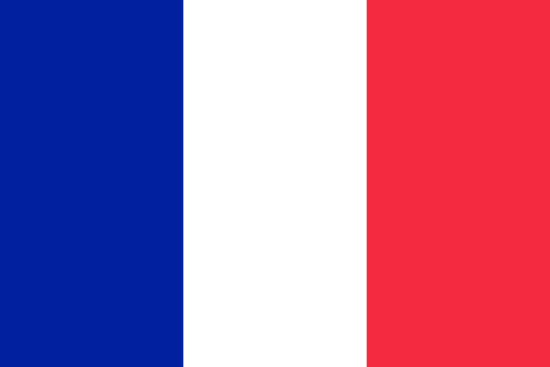 Note flash SIES 07 - Higher technical certificate (BTS) results - 2015 session - Mathias Denjean - June 2016
Note flash SIES 07 - Higher technical certificate (BTS) results - 2015 session - Mathias Denjean - June 2016 
 Note flash SIES 05 - Students in classes preparing for admission to Grandes Ecoles in 2015-2016 - Mathias Denjean - May 2016
Note flash SIES 05 - Students in classes preparing for admission to Grandes Ecoles in 2015-2016 - Mathias Denjean - May 2016 
 Note d'information SIES 15.04 - The baccalauréat cohort of 2008 who enrolled in higher education: where are they after five years? - Christophe Jaggers - July 2015
Note d'information SIES 15.04 - The baccalauréat cohort of 2008 who enrolled in higher education: where are they after five years? - Christophe Jaggers - July 2015 Half of the baccalauréat holders who enrolled on the first year of a Bachelor's degree obtained their qualification. Although only three in ten students who enrolled in the first cycle of medical studies (PCEM) or the first cycle of pharmaceutical studies (PCEP) then enrolled in the second cycle, there were many successful reorientations onto short courses, with over half of those enrolled in University technology institutes (IUT) and 22% of those enrolled in Advanced technician's sections (STS) obtaining a Bac +3 level qualification. 84% of students who enrolled in classes preparing for admission to Grandes Ecoles (CPGE) then enrolled on a Bac +5 level course or a Master's degree. Among the baccalauréat holders who enrolled on paramedic and social courses or preparations for these courses, 45% obtained a qualification. Only 10% of students who enrolled in higher education left without a qualification.
Translation
 Etat de l'enseignement supérieur et de la rechercheL'état de l'Enseignement supérieur et de la Recherche en France n°10 - Avril 2017
Etat de l'enseignement supérieur et de la rechercheL'état de l'Enseignement supérieur et de la Recherche en France n°10 - Avril 201718 - parcours et réussite en STS, IUT et CPGE - Christophe Jaggers
